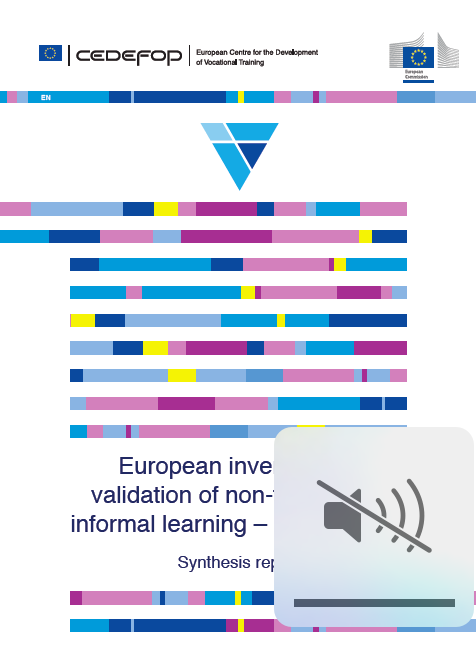Background and context
The aim of this synthesis report is to present the current situation in validation of non-formal and informal learning (‘validation’) in Europe and to report on progress towards the 2012 Council recommendation on validation (Council of the European Union, 2012). It has been prepared at a time when the need to increase workforce employability and human capital is high on the policy agenda at European and national levels. The New skills agenda for Europe (1) aims to make better use of available skills and equip people with the new ones needed to help them find quality jobs and improve their life chances. Under the skills agenda, the proposed Upskilling pathways for low-skilled adults (2) promotes opportunities for validation of non-formal and informal learning (Council of the European Union, 2016).
Validation aims to make non-formal and informal learning visible socially, in the labour market or in the education system, through its identification, documentation, assessment and certification. It has the potential to contribute to achieving the goals set by the Europe 2020 strategy (European Commission, 2010) as a tool for better matching skills and labour demand, supporting mobility across sectors and countries and fighting social exclusion.
The outcomes of the 2016 inventory provide a good indication of the validation landscape across Europe and how this compares to the aims set out in the 2012 Council recommendation. Alongside the revised European guidelines on validation (Cedefop, 2015), the 2016 inventory serves as a tool to identify areas needing further attention in the coming years. Nevertheless, this report makes no attempt to describe ‘one single route’ to producing successful validation systems. Taking the Council recommendation as point of reference, national, regional and/or local circumstances must be taken into account when establishing validation arrangements and designing wellperforming systems.
